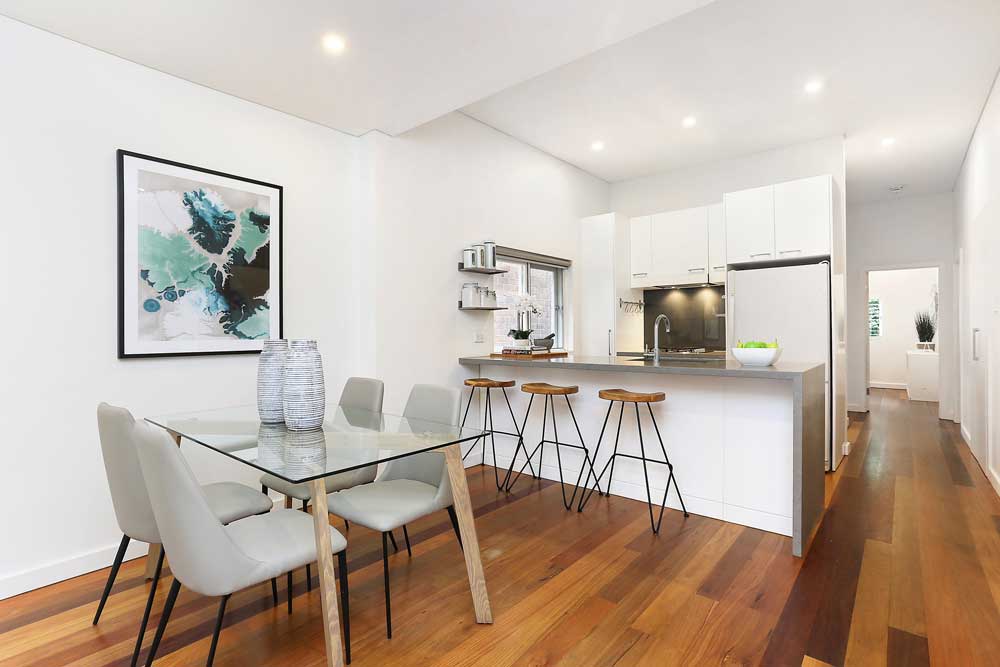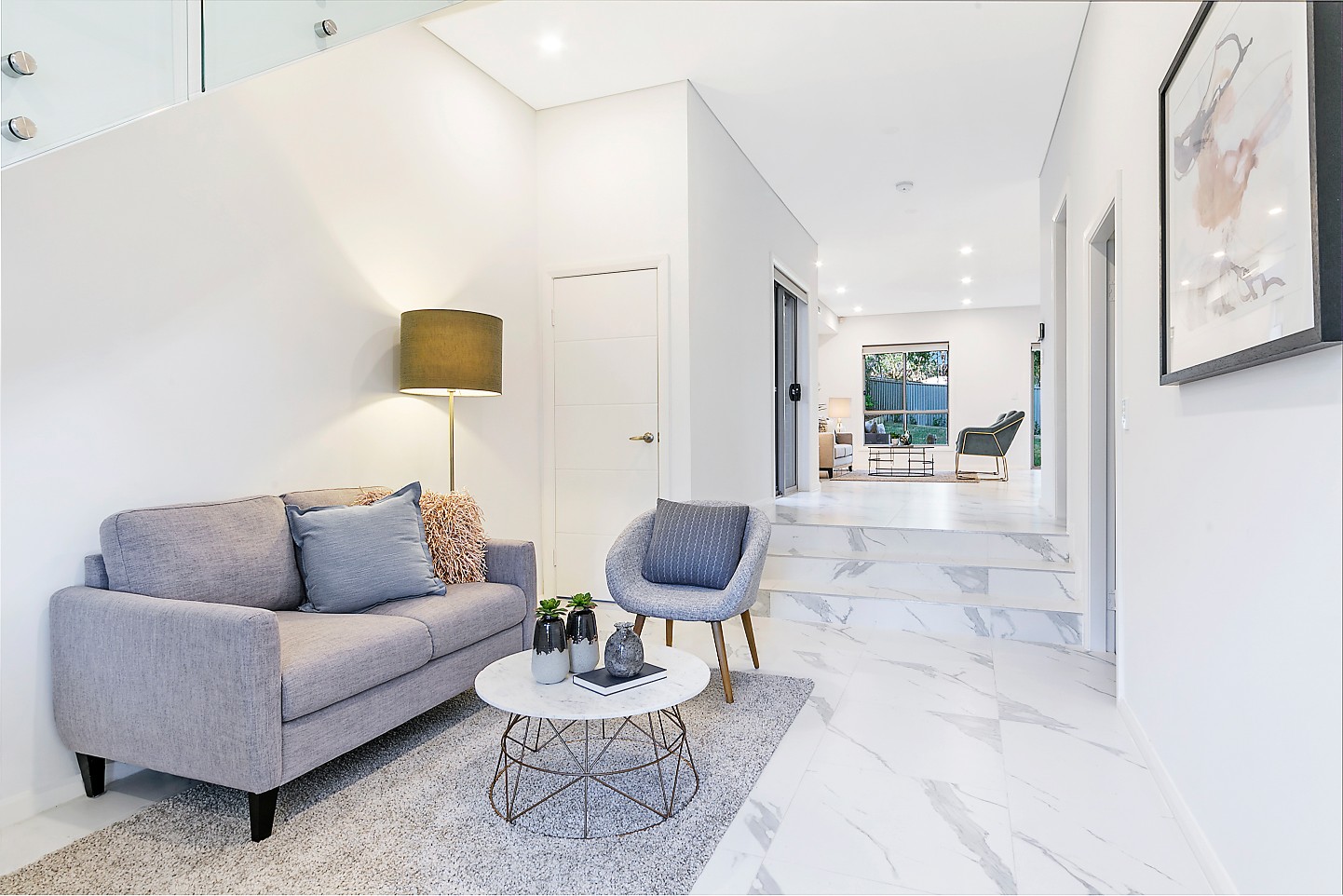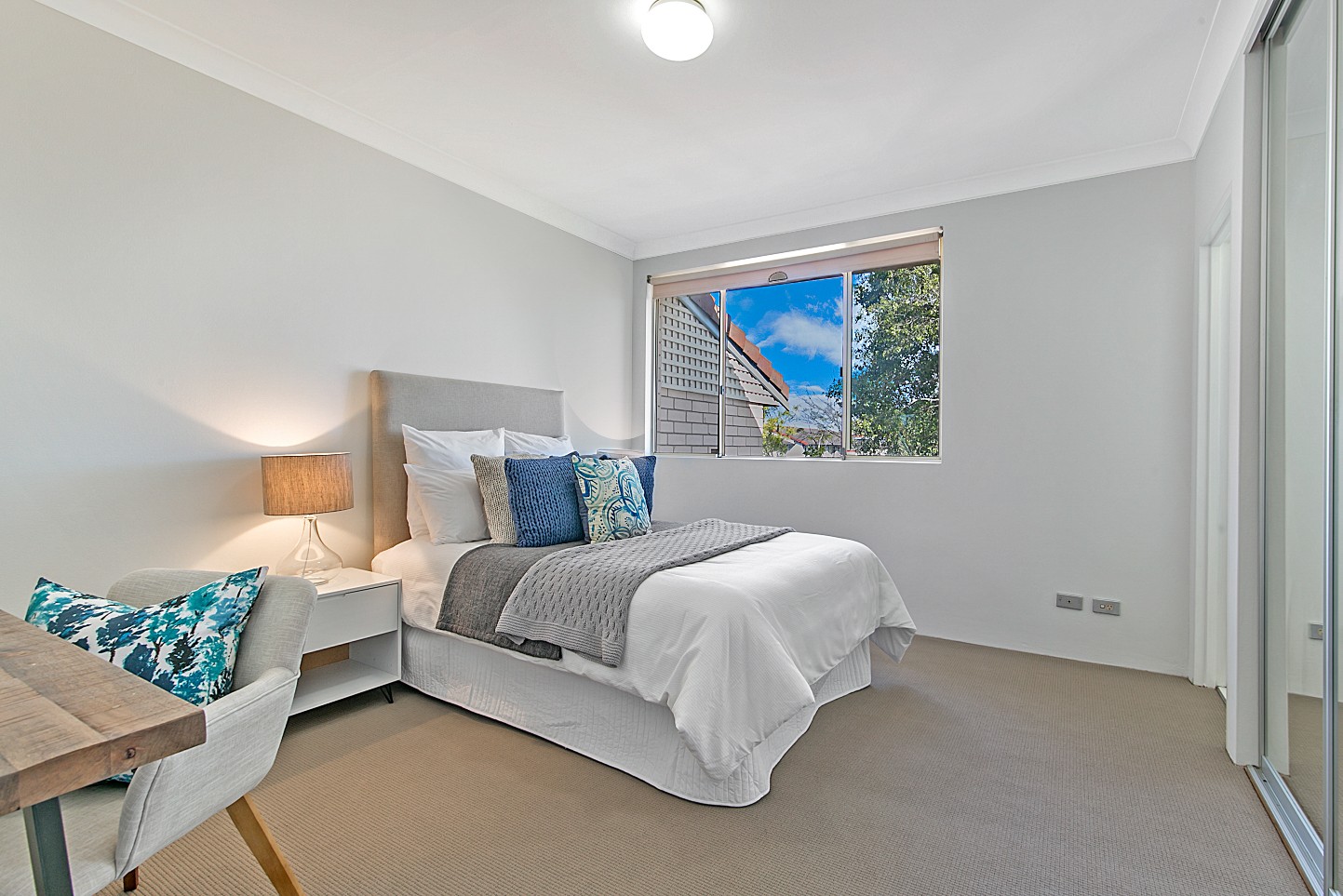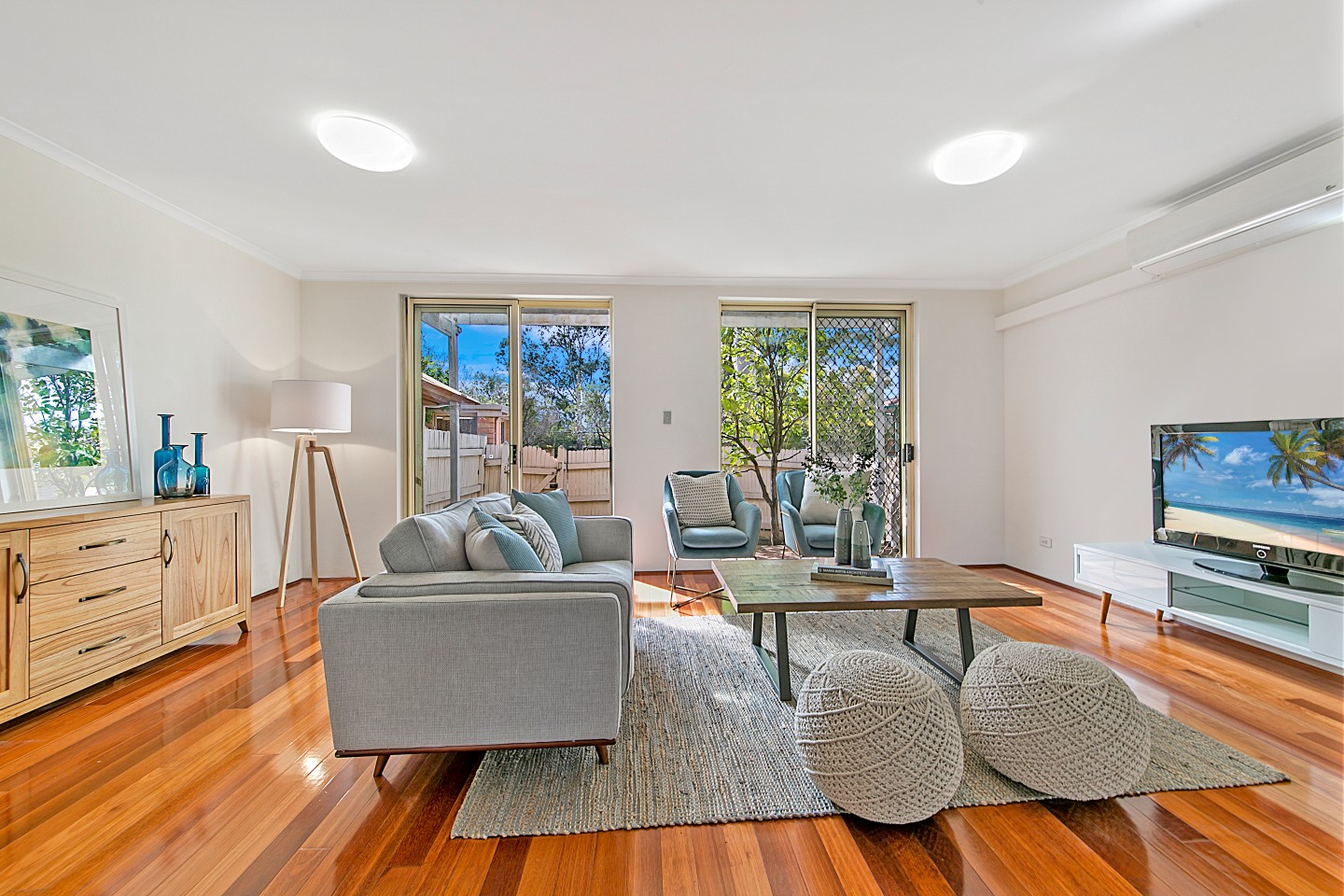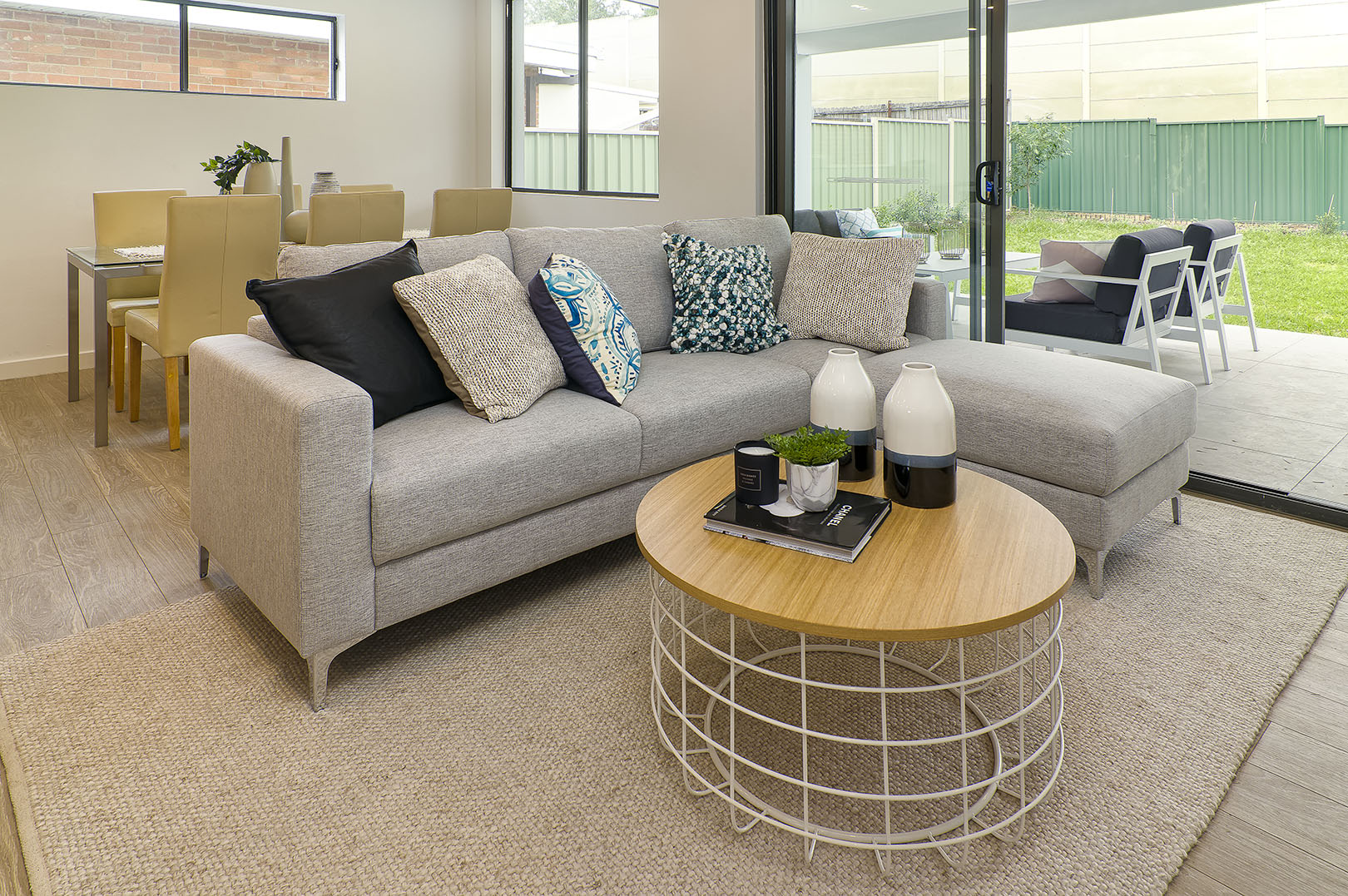The 7 Elements to Consider in Interior Design
When designing a space, there are several elements to consider that all work together and affect the overall outcome of the space. Understanding these elements is important in order to establish harmony, balance, interest and practicality within the area you’re working on.
1. Space
In regards to design, there are two types of space: Positive (area containing objects) and Negative (vacant area between objects). It is important to create a balance of these to achieve an ease of movement within the area. When considering the element of space, it is also important to consider height. We often tend to focus on the length and width of a space but using items and artworks at different heights is a great way to draw the eyes up.
2. Line
Lines can often assist in creating illusions within a space. The use of horizontal lines will make a room appear wider, whereas using vertical lines will make a room appear taller. Curved lines are a way of creating movement and energy within a space. It is important to establish a balance of these lines in order for it not to be too overpowering.
3. Shape
In design, we identify shape into two categories; Organic, which refers to those that seem to be created by nature and are often irregular, and Geometric, which refers to those that generally have sharp edges and symmetry. It is good to keep in mind that having too many organic shapes within the space can make it feel quite busy and chaotic, whereas having too many geometric shapes in a space can make it feel quite rigid and boxy. Balance is key.
4. Light
The element of light is crucial in determining the overall mood and ambience of the space. This can be either from natural sunlight coming in, or artificial lighting. It is important to determine where the lighting is needed most within the space, and also the tones and angles of the light being used.
5. Colour
When choosing colours for your space, it is important to understand the psychology behind colour and using that to your advantage by selecting colours that will evoke certain moods and reactions relative to the space. For example, generally-speaking, using cooler colours such as blues and greens for a bedroom is recommended as they produce calming effects.
6. Texture
Designers will often play with a mix of different textures to create more interest and comfort within the space. This texture can be in the visual sense or in the physical sense. Using woods, metals, different fabrics/materials are all great ways to achieve this.
7. Texture
Designers will often play with a mix of different textures to create more interest and comfort within the space. This texture can be in the visual sense or in the physical sense. Using woods, metals, different fabrics/materials are all great ways to achieve this.
Now that you understand these elements, have a play around with it and see what you come up with! The design process often involves a lot of modification and adjustments so don’t be too worried if it doesn’t look right on your first go! Happy styling.


